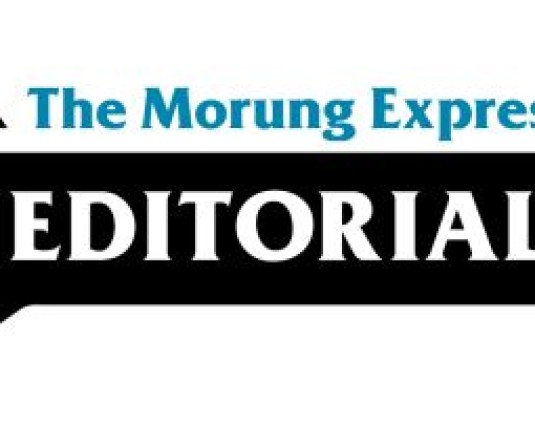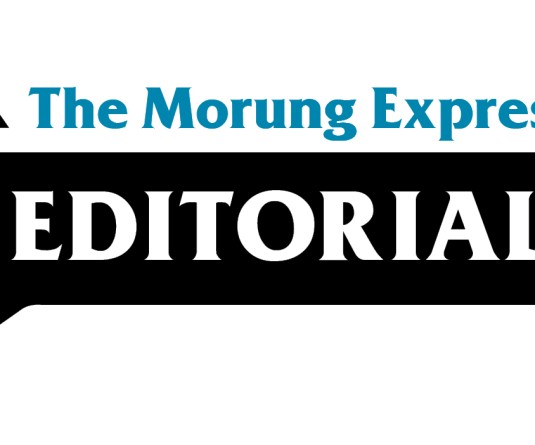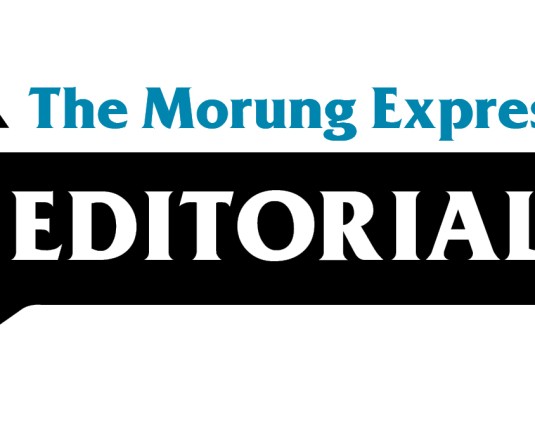
Dr Asangba Tzüdir
The bandh led by JCC and NTAC seems to be reinforced with ‘renewed’ vigour but the objective for which the struggle began finds itself lost to petty politics of power struggle. It is no more about 33% reservation for women. The main ‘objective’ of the ongoing imbroglio in the struggle for identity determination has narrowed down to the demand for the resignation of the Chief Minister T. R. Zeliang. For now the demand for CM’s resignation which was further heightened by the death of three lives serves the dual purpose of failure of his leadership as Chief Minister in the eyes of the public and also a ‘leeway’ for those ambitious to take over in case of a change in leadership. It now looks like JCC and NTAC are falling into the larger scheme of things which was seen coming and somehow happened earlier than perceived. The cat is finally out of the bag through a letter of request from four MLAs to revoke the party’s suspension of MP Neiphiu Rio and Imkong L. Imchen.
With the demand for CM’s resignation intensified, he finds himself sandwiched between either to step down or stay. There is mounting pressure on the paralyzing effects of the bandh, and he also seems to have finally realized the need of salaries of the tens of thousands of government employees whose family members rely on their salaries for livelihood (Let better sense of justice and equality prevail for SSA and Hindi teachers too). Yet, he too knows the consequences of surrendering power by stepping down. Deep down he is not convinced by the seeming ‘bottom-up’ approach shrouded within the veil of ‘top-down,’ nor does he want to be held solely responsible and be axed alone. The whole government is responsible and each of the 60 legislators should have owned up responsibility for the lost lives by resigning on moral grounds.
In this tussle between the public headed by JCC and NTAC on the one side and the government on the other, it is high time for the public to realize that the solution lies not in the demand for CM alone to step down. The various issues and the current one which has been more revealing, has escalated so much that a change in leadership will not help. It will only open up more abuse of power and corruption. What, then, will bring change?
One suggestion forwarded by some quarters, including the NPCC and ACAUT, is the option of ‘President’s Rule’ in the state. Our understanding of Presidents Rule leans towards, among others, the effects of Army and Paramilitary forces making us averse to it. In the event of a President’s Rule, the Council of Ministers will be dissolved, the office of Chief Minister will become vacant and the State Assembly will either be put in suspended animation or dissolved (necessitating a fresh election). Besides, job selection will presumably be more transparent, many government servants who go to office only to draw salary or have it drawn into their accounts may start going to office; central public work projects may even see the light of day. Can this bring about real change? Meanwhile, the current turn of events has brought to fore the interplay of power and power struggle. In a recent poll question conducted by The Morung Express on the institution that holds the most power in the present Nagaland state context, the response followed thus: Others - 51%, State govt. – 26%, Tribe Organisations – 13%, Church – 10%. The responses throw light on the kind of power structure, the various forms and levels of power and especially how power works on our society. On the whole, the responses concentrated on the abuse of power and its associated negativities. This necessitates a re-evaluation on the understanding of power beyond the top-down approach, in the sense that, the king or the ruler derives power from its subjects. First, we seem to be so encapsulated within the traditional understanding of power that controls and oppresses, and thereby, the essence and the positive effects of bottom-up approach of power remains unrealized. 51% responded that, ‘others’ hold more power, which shows that beyond the ‘control’ of the state and other ‘institutions,’ there are ‘other’ compelling forces of control including economic power and control. Second, it is not surprising to see only 10% of the power sharing on church. The religious power of the Church has the power to play various intervening roles, more so, as a mediator and facilitator during difficult times. In a ‘Christian state,’ though governed by religiosity, the religious power of the Church is still waiting to be realized. For this, every individual needs to seriously ponder on our religiosity as a Christian so also our faith model.
(Comments can be mailed to asangtz@gmail.com)






